How and when to plant eggplant seedlings outdoors?
Eggplants are demanding to weather conditions, almost something wrong - they get sick. Therefore, planting eggplant seedlings in open ground requires a serious attitude, and they are planted not with seeds, but with pre-prepared seedlings - this significantly increases the chances of survival and future yield. And they do it, observing certain rules, ignorance of which creates the risk of being left without a harvest of "blue". The timing of planting is also important, however, as is the subsequent care of the seedlings planted in the beds.
Soil preparation
The place where eggplants will grow in the next season is determined from the fall. It should be a sunny corner of the land, preferably protected from the wind by buildings, trees, and other plants.
It is also important to respect the vegetable neighborhood. After all, it is known that all plants grow well next to some crops, but it does not matter next to others. It is even more important which crops grew on the site of the garden earlier. If you plant a plant in soil, from which all the substances it needs have already been selected, and its acidity does not correspond to its needs, it may die.
If the eggplants "inherit" the bed from their own relatives, the eggplant or other members of the nightshade family, then they will grow poorly. They need a place where nightshades have not been for at least three years. Eggplants are not picky about the rest of their predecessors, nor about neighbors. They feel great in the place where onions, carrots, cucumbers, melons and legumes used to grow. Get along well with peppers and tomatoes. Moreover, they can be planted with pepper not only in the neighborhood, but also in the same garden.
Best of all, "blue" grow on light loamy or sandy loam soils. You can bring the soil closer to perfection by adding the missing components to it:
- if the soil on the site is heavy, sawdust, sand, peat and humus are added to it;
- peaty soils require the introduction of sod land and humus;
- sandy soils can be improved with peat, sawdust, clay soil.
You need to mix the soil with any of the above components in advance, digging up the garden in the fall. Then it can be fertilized with fresh manure.
Advice
Do not fertilize the soil with fresh manure in the spring, as in this case the foliage will form well, but the eggplants will not bear fruit - if they did not have time bring manure in the fall, in the spring it is correct to use only rotted.
Disembarkation dates
The timing of planting eggplants depends on temperature conditions. These representatives of the nightshade family are very sensitive to frost, therefore, they are recommended to be planted in open ground only when the average daily temperature in the region is at least 20 degrees. In central Russia, this time usually occurs in the first decade of June. Some planted "blue" in May - in this case, they need to be carefully protected, especially at night, not forgetting to cover with a film.
The time of day at which it is better to plant eggplant seedlings should also be taken into account. Experienced gardeners do this exclusively in the evening hours, when there is no bright sun. This will make it easier for young plants to adapt to their environment.
Advice
To help seedlings adapt, you need it temper, for which 10 days before disembarkation, it must be regularly taken out into the fresh air for a couple of hours a day.
Preparing the garden
When preparing a bed for eggplant seedlings, you need to know its optimal size. The length of the bed does not matter, but the width should be from 45 to 70 centimeters, depending on the planting scheme (rows or nests) and the type of eggplant.
When planting in rows between the beds, it is enough to leave at least 45-50 centimeters. The standard distance between holes should be 40 centimeters, but if large varieties are selected, it is advisable to increase it by 10 centimeters. The bed depth remains the same regardless of the type of eggplant. She is 30 centimeters.
When planting eggplants according to the nesting scheme, the size of the beds should be 70 by 70 centimeters. In this case, two eggplants will fit on it. However, they are planted together with peppers. In this case, two peppers and one eggplant grow on the garden bed. The size of the beds in this case can be smaller: 60 by 60 centimeters.
Advice
Next to each hole, stick a 60-centimeter peg into the soil so that you can immediately tie up fragile shoots.
How to plant?
Despite the fact that the eggplant beds are prepared in advance, just before planting, 2-3 liters of warm water should be poured into each hole. Before planting seedlings, the soil must be loosened and fertilized by introducing a liquid mullein in the amount of one liter into each hole and watering it with warm water in the amount of two liters. There is another option for preparing the hole: put two handfuls of a mixture of urea, humus, superphosphate and wood ash in it, pour 3 liters of a one percent solution of potassium permanganate. The soil in a glass with seedlings the day before and immediately before planting should also be well moistened.
Gently removing the sprouts from the cups, they are placed directly into the dirty slurry, which each well is filled with. After that, the root is carefully adjusted so that it is directed downward. The sprout is buried to its first leaves. When planting it, the roots must be sprinkled with dry soil. Having completed this procedure, it remains only to tie up the sprout.
When all the seedlings are planted, wire arcs should be placed over the garden bed, and plastic wrap should be placed on them. When planting seedlings in the early stages, the film should be two-layer. This is done in order to protect the sprouts from bad weather. It will be possible to remove the film only when the temperature at night ceases to fall below +5 degrees. Warming must be sustained. If in doubt that it will be warm enough at night, it is better to play it safe and cover the eggplants with plastic wrap.
How to care?
At first, it will seem that the seedlings have not taken root: at least a week, or even two growths, it will not be observed. This is a normal phenomenon: the eggplant survival period is 10-15 days. To speed up this process, the soil around the seedlings must be loosened carefully, but do it carefully so as not to damage the roots. This will allow them to get more oxygen and adapt to new conditions sooner. They need to be watered during this period in moderation, twice a week, but it is advisable to feed them. This is done by spraying. A solution of urea is suitable for this purpose, a tablespoon of which is diluted in a bucket of water. Water for irrigation and spraying should not be cooler than 20 degrees.
Subsequently, when the seedlings take root and begin to grow, they need to be watered regularly, about once a week, with abundant water heated in the sun - even mature eggplants are afraid of the cold. With each watering, the water should penetrate to a depth of half a meter. The soil must be loosened, the sprouts themselves must be hilled. Of course, you should carefully monitor that the bed does not overgrow with weeds, take timely measures to combat pests.
Observing the eggplants in the garden, you can understand if everything is being done correctly, what they lack:
- if the growth of seedlings has stopped abruptly, it is cold, there is not enough light;
- the ovaries began to fall off, the fruits grow in a bizarre uneven shape - the plant needs more frequent and abundant watering;
- the plant does not bear fruit well - the problem is most likely in insufficient soil fertility; fertilization will help to solve it.
Fertilizing eggplants during the season is recommended three times.For the first time, you need to feed the plant two weeks after planting in open ground. At this stage, mineral fertilizers are considered suitable. Suitable "Kemira universal", "Mortar", which are diluted with plenty of water (a tablespoon of fertilizers in a bucket of water). As soon as the fruits begin to appear, the eggplants should be fed again, but using nitrogen-phosphorus fertilizers. For example, you can make such a "cocktail": ammonium nitrate - a teaspoon, superphosphate - a tablespoon, water heated in the sun - 10 liters. Eggplants are fed with the same composition again after a couple of weeks.
Advice
When buds appear, shoots without ovaries can be removed, and then the seedlings can be shaken a little in the morning to facilitate pollination. This will result in a richer harvest.
Eggplants are capricious plants: they are afraid of cold weather, they love heat and light, they suffer when there is not enough moisture. If you plant their germinated seeds in open ground, then the risk of being left without a crop is quite high. More often eggplants are planted with seedlings. But in this case, you should adhere to certain rules.
Eggplant seedlings are planted in the evening, most often from June 5 to June 10, according to a nest or ribbon scheme. The soil for them is prepared since the fall, and before planting it is fertilized and watered. After planting, the seedlings are covered with a film, under which it is located at least until mid-June. If everything is done correctly, the seedlings take root within one and a half to two weeks.
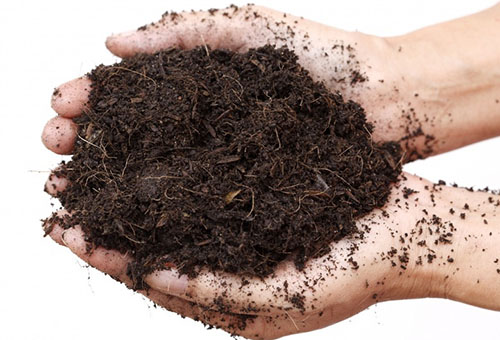


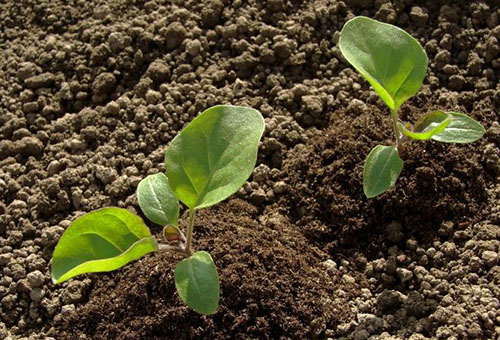

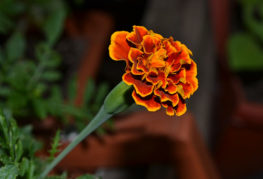

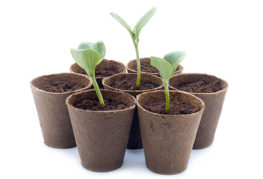

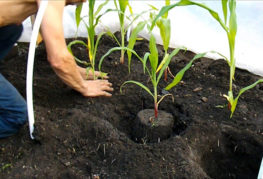
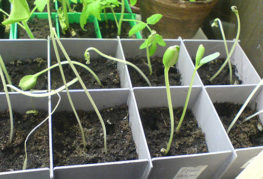
and will be published shortly.